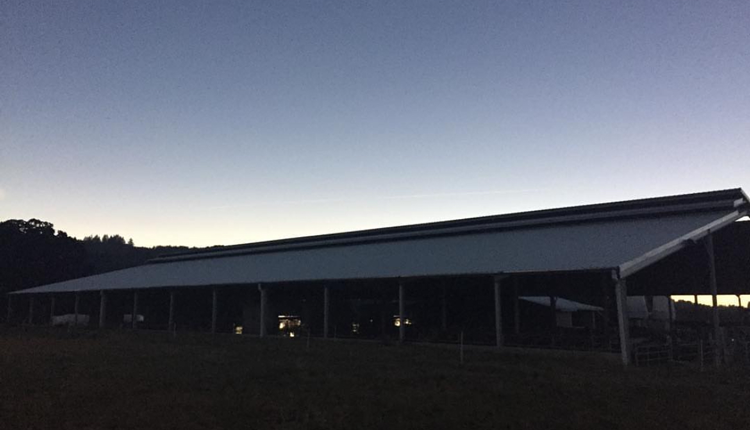When commodity prices shoot up, growers face tougher decisions about what to plant. They have to consider their own situations in terms of crop rotations, soil and moisture conditions, recent yields, seed availability, anticipated growing costs and income potential, and a whole raft of other variables. Depending on locale, cotton, soybeans, wheat, and corn are the major crops in the mix.
The corn and soybean crops are the largest, by far. According to Gary Schnitkey, ag economist at the University of Illinois, corn is projected to be more profitable than soybeans this year over most of the Corn Belt. However, shaky experiences during the past few years with corn may prevent some shift from beans to corn.
In projecting that corn would be more profitable, Schnitkey used fall cash prices of $5.85 for corn and $13.25 for soybeans.
Yields used were at trend-line for high-productivity farmland in central Illinois: 195 bushels for corn and 56 for soybeans. Nonland costs were taken from revised central Illinois budgets on farmdoc: $510 per acre for corn and $300 per acre for soybeans, a difference of $210 per acre. Corn returns were subtracted from soybean returns to arrive at corn-minus-soybean returns. Positive numbers indicate corn is projected to be more profitable than soybeans, according to Schnitkey.
Projected 2011 corn-minus-soybean return on high-productivity farmland in central Illinois is projected at $189 per acre. This $189 value indicates that corn is projected to be $189 per acre more profitable than soybeans. The $189 value is high by historical standards. From 2004 through 2010, corn-minus-soybean returns averaged $48 per acre. The highest corn-minus-soybean return of $118 per acre occurred in 2008, a year in which corn acres increased in Illinois.
This analysis was put together late last week. This morning, USDA released its first crop report of the year, Planting Intentions. It looks like cash croppers also see corn as having more profit potential.
Corn growers intend to plant 92.2 million acres of corn for all purposes in 2011, up 5 percent from last year and 7 percent higher than in 2009. If realized, this will be the second highest planted acreage in the United States since 1944, behind only the 93.5 million acres planted in 2007. Acreage increases of 250,000 or more are expected in Iowa, Kansas, Nebraska, North Dakota, Ohio, and South Dakota. The largest decrease is expected in Texas, down 150,000 acres. There, the shift will be to cotton.
Soybean planted area for 2011 is estimated at 76.6 million acres, down 1 percent from last year. If realized, the United States planted area will be the third largest on record. Compared with last year, planted acreage declines of 100,000 acres or more are expected in Iowa, Kansas, Mississippi, Nebraska, and Ohio.
All wheat planted area is estimated at 58.0 million acres, up 8 percent from last year. All cotton plantings for 2011 are expected to total 12.6 million acres, 15 percent above last year. For the complete report, click here.











